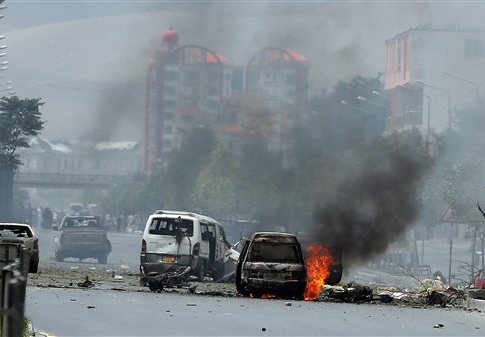The Taliban has more reach in Afghanistan than it has maintained since American forces facilitated the group’s ouster in 2001, according to data from the United Nations gathered in early September.
CNBC reported that, according to the not publicly released information, U.N. security officials rated the threat level as "high" or "extreme" in approximately half of Afghanistan’s districts. As of September, 186 of Afghanistan’s 376 districts had been given these classifications, a larger figure than ever recorded in 2001.
An extreme threat level rating indicates that the particular district has no presence of Afghan government forces or one reduced to its capital. Thirty-eight of the districts were given extreme threat ratings, representing more than 10 percent of all districts.
Moreover, the data suggested that the pace at which the Taliban has expanded its reach has quickened in many areas that previously had witnessed no Taliban presence.
The revelations come as President Obama is considering leaving up to 5,000 U.S. troops in Afghanistan through 2016 despite his initial plan to drastically scale back American presence there by the time he leaves office.
Moreover, since the data was compiled, the U.N. Assistance Mission in the country has evacuated four of 13 provincial offices amid threats of Taliban attacks, local officials said. The U.N. mission refused to confirm or deny the evacuations.
However, Gen. John F. Campbell, the commander of U.S. forces in Afghanistan, appeared to diverge from the U.N. assessments last week.
"The Afghan security forces have displayed courage and resilience," Campbell told the Senate Armed Services Committee. "They’re still holding. The Afghan government retains control of Kabul, of Highway One, its provincial capitals and nearly all of the district centers."
Campbell in his testimony to Congress said that Obama’s plan to significantly scale back the force should be traded with one that would keep more troops in the country. The commander has developed multiple options for a larger force, one of which would keep the number of troops at its current level of about 10,000.
Nearly two dozen Republicans on the House Armed Services Committee penned a letter to the president last week demanding he maintain the current number of American forces in Afghanistan through 2016.
